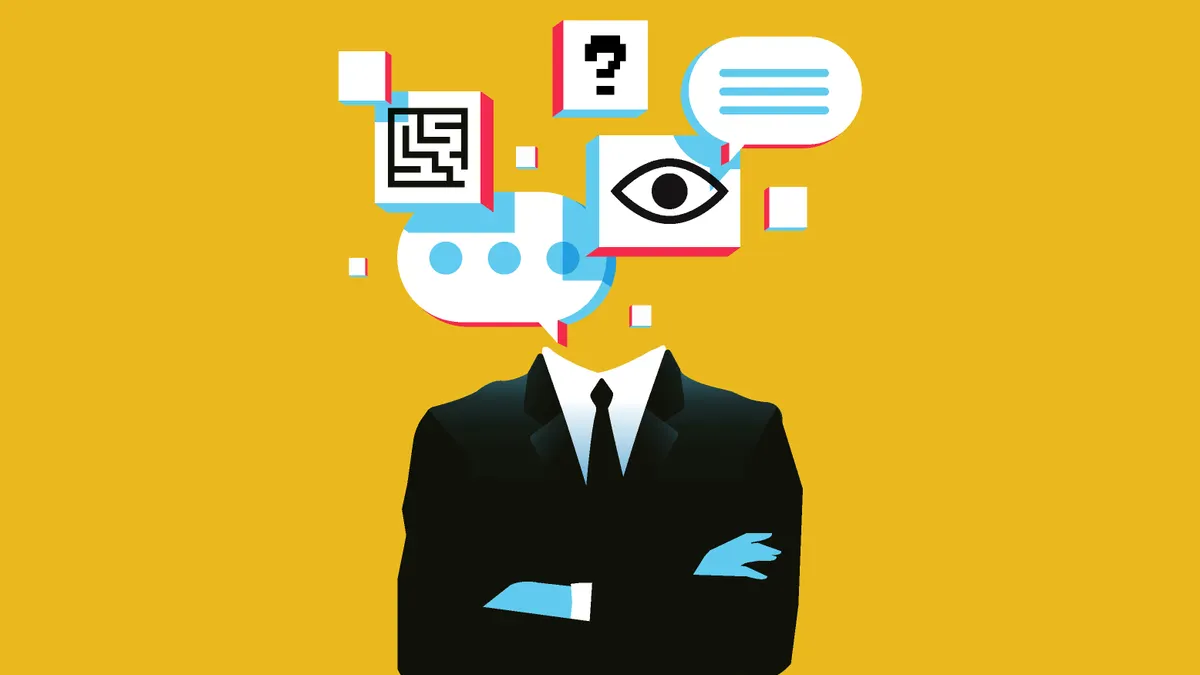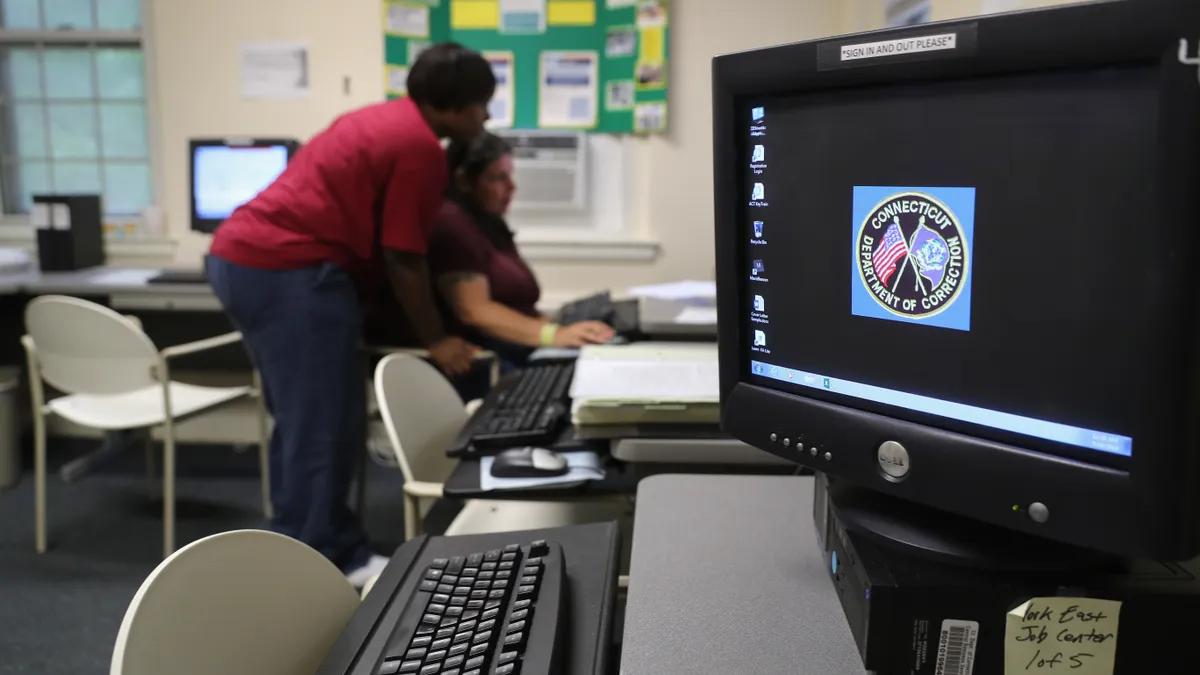It could be the person you just hired, or that intern you're hosting this season. Or it may be the long-term employee who always completes tasks on time, but keeps to himself, never drawing management's attention.; Chances are, you know someone with a disability.
How can employers make sure that learning and development teams reach workers with disabilities? And how how can companies ensure that training complies with the Americans with Disabilities Act's (ADA) accessibility mandates?
First, it's important to think about the various impairments that may affect an employee's ability to participate in learning programs. This can range from hearing and vision impairments to more "invisible" disabilities, like those affecting learning.
And while the ADA requires individualized accommodations, thinking about potential barriers during the design stage can prove very useful, potentially improving learning for all employees, according to Kevin Gumienny, senior learning architect for Microassist, a learning and development firm based in Austin, Texas.
Best practices for universal design
The concept of "universal design" is particularly relevant in addressing learning disabilities. “In a lot of ways, designing learning that works for those with cognitive disabilities is similar to designing training that works well for all employees,” Gumienny told HR Dive. “One central key to designing for those with cognitive disabilities is to design training that is as clear as possible."
Some tips he shared include:
- Organize information into easily understandable segments;
- Structure those segments into a framework that clearly relates each segment to the other; and
- Check frequently for understanding through practice questions and other methods.
And when it comes to creating learning collateral (training manuals, slides, online content, manuals and other written training material), he says, avoid jargon and pay careful attention to the language used.
“Different people learn in different ways, so the best design for learning is one that embraces multiple modalities for the same message," Gumienny said. If you're giving information in a visual way — a chart, for example — also include a textual description. Ensuring that multiple modalities are present can help the learner (regardless of cognitive ability) find the way that makes the learning most effective for them.
And, to be clear, this doesn't mean "dumbing down" information or training. It means giving serious thought to how to make training clear, available and effective. It might take more time and more effort to design and deliver complex concepts, but it ensures effective communication.
Clarity, structure, appropriateness and multiple modes of learning benefit not just those with cognitive disabilities, but all learners. When you ensure that your learning is available to those with disabilities, you ensure that learning is available to everyone, says Gumienny.
A recent survey shows that about half of employers are doing this. In the National Organization on Disability's (NOD) 2017 Disability Employment Tracker, the organization found that 82% of employers say their recruiting, onboarding and training processes are fully accessible to individuals with disabilities. More than half also review learning materials for accessibility at least annually.
This seems to be part of larger diversity efforts. “Diversity is integral to the ecosystem of a company; it enables an organization to innovate and adapt in a fast-changing environment. Why? Because diversity breeds innovation," Carol Glazer, NOD's president, told HR Dive. "And innovation breeds business success. The more diverse an employee population is, the better people understand commonalities, which often translates to better relationships and added innovation.”
Workers with disabilities, however, are sometimes left out of the diversity equation. Glazer points out that diversity is often thought of as race, gender, sexual orientation and gender identity, but less about disability. And while one in five Americans has a disability, only 20% of working-age citizens with disabilities are engaged in the workforce, she says. "Something is wrong. A critical connection is being missed – at enormous cost in individual lives, in productivity, and in the corporate bottom line.”
Glazer said she believes workers with disabilities may be the richest talent pool that is still largely untapped. Workers with disabilities are "ready, willing, and most of all, able to supply the dedication and ingenuity that will fuel the workforce of the 21st century," she said.
ADA compliance
But while inclusive, universal design is an admirable goal, employers must remember that individual accommodations will still be necessary — both practically and legally.
Gumienny advised seeking legal counsel, but he also shared some best practices. In general, the ADA requires that communication with people with disabilities be as equally as effective as communication with people without disabilities.
For an in-person class, a sign-language interpreter may accomplish this for a worker who uses sign language. For software training, workers with visual impairments might need a computer with screen-magnification software or screen-reading software. Others with learning disabilities might need to review materials in advance.
All accompanying materials need to be accessible, too, Gumienny noted. Documents and other information provided need to be properly formatted. "One very helpful guide is the WCAG 2.0 standard — it’s been used by several courts as the standard which Internet sites need to meet in order to be considered ADA compliant," he said. Employers also may want to review Section 508 guidance, he said, which are the standards to which the federal government must adhere.
Finally, the Job Accommodation Network offers free consultation for employees and employers looking for accommodations that comply with the ADA.
Looking forward
Technology has drastically changed the workplace for workers with disabilities, both improving access and creating additional barriers that must be addressed. And it's changing on a daily basis.
“Technology is the new frontier for improving workplace accessibility, particularly given a digital revolution that has moved everything from basic HR management to recruitment and training," Glazer said.;"Companies that adopt accessible technologies can gain a competitive edge in retaining talent with disabilities — and improving the overall employee experience.”
The important part is that employers take the time to carefully design, test and improve their training and learning programs to ensure all workers get what they need.



















